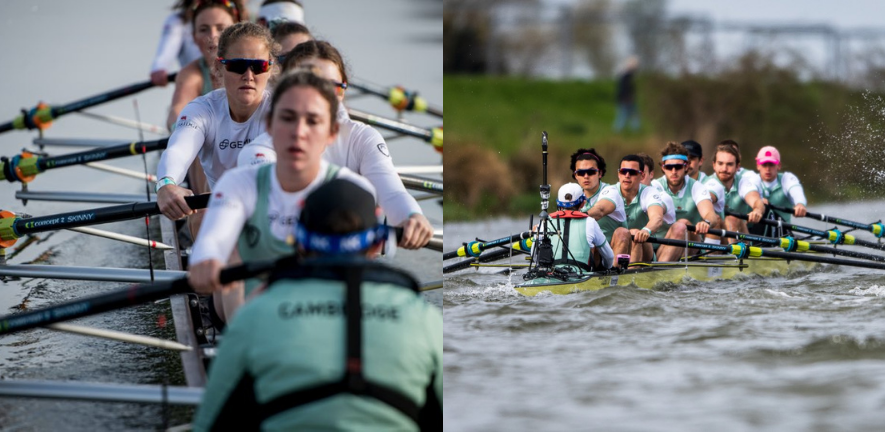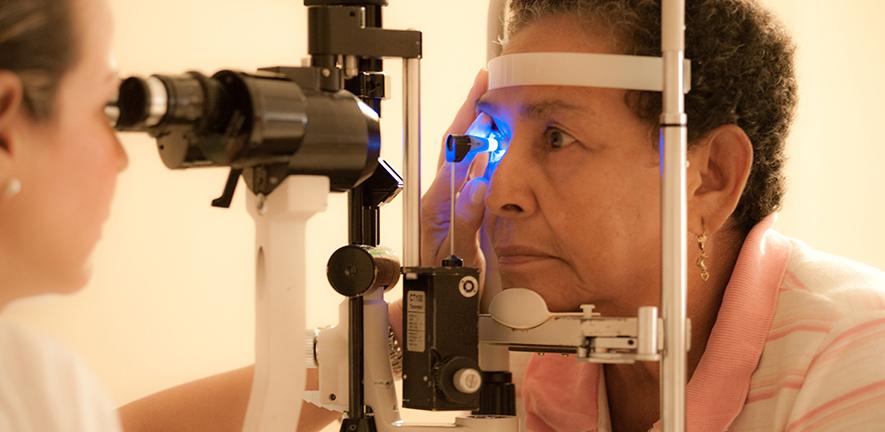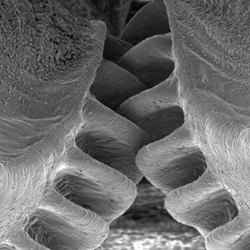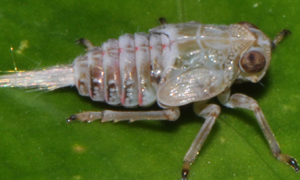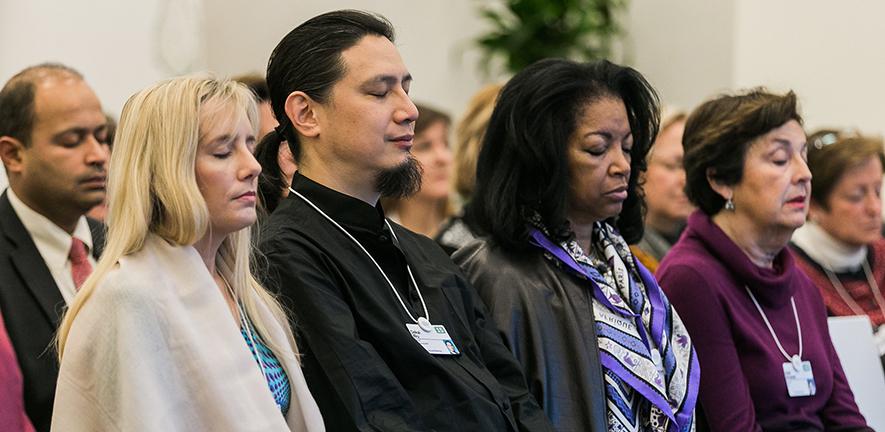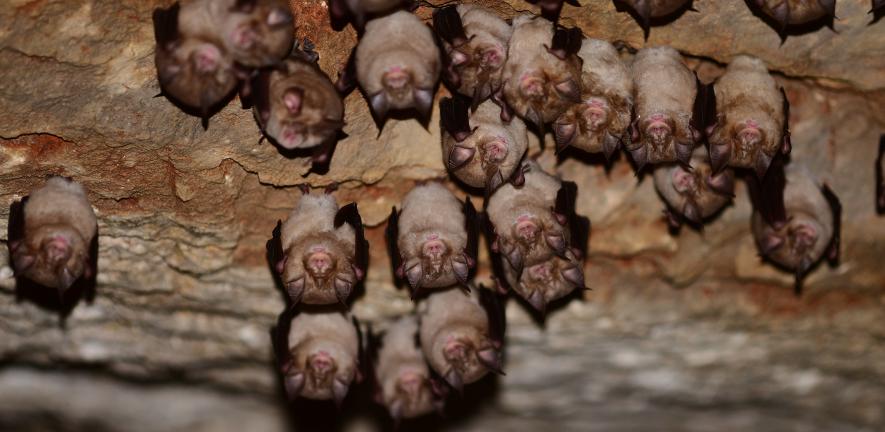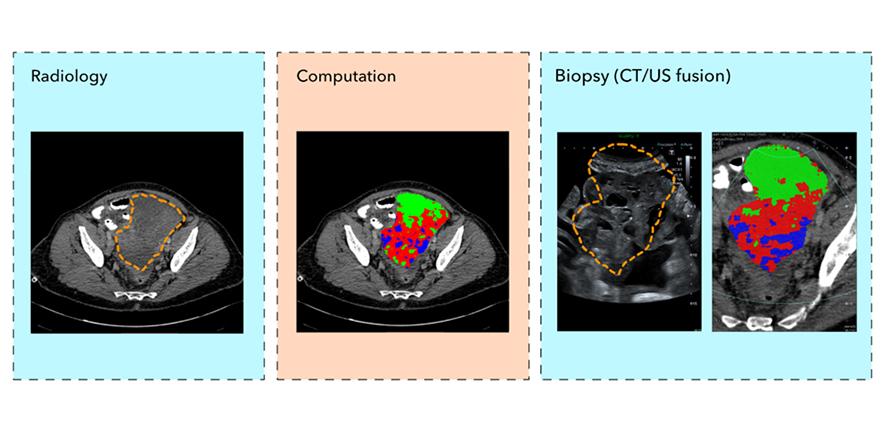Mindfulness is typically defined as ‘the awareness that emerges through paying attention on purpose, in the present moment, and nonjudgmentally to the unfolding of experience moment by moment’. It has become increasingly popular in recent years as a way of increasing wellbeing and reducing stress levels.
In the UK, the National Health Service offers therapies based on mindfulness to help treat mental health issues such as depression and suicidal thoughts. However, the majority of people who practice mindfulness learn their skills in community settings such as universities, workplaces, or private courses. Mindfulness-based programmes are frequently promoted as the go-to universal tool to reduce stress and increase wellbeing, accessible to anyone, anywhere.
Many randomised controlled trials (RCTs) have been conducted around the world to assess whether in-person mindfulness training can improve mental health and wellbeing, but the results are often varied. In a report published today in PLOS Medicine, a team of researchers from the Department of Psychiatry at the University of Cambridge led a systematic review and meta-analysis to examine the published data from the RCTs. This approach allows them to bring together existing – and often contradictory or under-powered – studies to provide more robust conclusions.
The team identified 136 RCTs on mindfulness training for mental health promotion in community settings. These trials included 11,605 participants aged 18 to 73 years from 29 countries, more than three-quarters (77%) of whom were women.
The researchers found that in most community settings, compared with doing nothing, mindfulness reduces anxiety, depression and stress, and increases wellbeing. However, the data suggested that in more than one in 20 trials settings, mindfulness-based programmes may not improve anxiety and depression.
Dr Julieta Galante from the Department of Psychiatry at the University of Cambridge, the report’s first author, said: “For the average person and setting, practising mindfulness appears to be better than doing nothing for improving our mental health, particularly when it comes to depression, anxiety and psychological distress – but we shouldn’t assume that it works for everyone, everywhere.
“Mindfulness training in the community needs to be implemented with care. Community mindfulness courses should be just one option among others, and the range of effects should be researched as courses are implemented in new settings. The courses that work best may be those aimed at people who are most stressed or in stressful situations, for example health workers, as they appear to see the biggest benefit.”
The researchers caution that RCTs in this field tended to be of poor quality, so the combined results may not represent the true effects. For example, many participants stopped attending mindfulness courses and were not asked why, so they are not represented in the results. When the researchers repeated the analyses including only the higher quality studies, mindfulness only showed effects on stress, not on wellbeing, depression or anxiety.
When compared against other ‘feel good’ practices such as exercise, mindfulness fared neither better nor worse. Professor Peter Jones, also from Cambridge’s Department of Psychiatry, and senior author, said: “While mindfulness is often better than taking no action, we found that there may be other effective ways of improving our mental health and wellbeing, such as exercise. In many cases, these may prove to be more suitable alternatives if they are more effective, culturally more acceptable or are more feasible or cost effective to implement. The good news is that there are now more options.”
The researchers say that the variability in the success of different mindfulness-based programmes identified among the RCTs may be down to a number of reasons, including how, where and by whom they are implemented as well as at whom they are targeted. The techniques and frameworks taught in mindfulness have rich and diverse backgrounds, from early Buddhist psychology and meditation through to cognitive neuroscience and participatory medicine – the interplay between all of these different factors can be expected to influence how effective a programme is.
The number of online mindfulness courses has increased rapidly, accelerated further by the COVID-19 pandemic. Although this review has not looked at online courses, studies suggest that these may be as effective as their offline counterparts, despite most lacking interactions with teacher and peers.
Dr Galante added: “If the effects of online mindfulness courses vary as widely according to the setting as their offline counterparts, then the lack of human support they offer could cause potential problems. We need more research before we can be confident about their effectiveness and safety.”
The research was funded by the National Institute for Health Research (NIHR) Applied Research Collaboration East of England and NIHR Cambridge Biomedical Research Centre, with additional support from the Cambridgeshire & Peterborough NHS Foundation Trust, Medical Research Council, Wellcome and the Spanish Ministry of Education, Culture and Sport.
Reference
Galante, J et al. Mindfulness-based programmes for mental health promotion in adults in non-clinical settings: A systematic review and meta-analysis of randomised controlled trials. PLOS Medicine; 11 Jan 2021; DOI: 10.1371/journal.pmed.1003481
